Filthy rich on screen: Why the antics of wealthy people fascinate us in times of economic turmoil
As Ruben Östlund’s biting satirical comedy, ‘Triangle of Sadness’, about obnoxious billionaires on an ocean cruise becomes a huge hit at Cannes, Geoffrey Macnab looks back at films about the uber-rich and says it’s a topic filmmakers return to again and again in times of inflation and soaring bills

It’s not your average ocean cruise. A scrawny aspiring male model, Carl (Harris Dickinson from The Kingsman), and his influencer girlfriend, Yaya (Charlbi Dean), somehow end up on a huge luxury yacht alongside an assortment of billionaires, each more obnoxious than the other. There’s a sweet old English couple who look and sound as if they’re on leave from The Archers but they turn out to be arms manufacturers. There’s an obese man who has made his fortune selling fertiliser. Various Russians are on the voyage too. Welcome aboard Triangle of Sadness, the hit film which received an eight-minute standing ovation at its Cannes premiere last Saturday night. The festival audience loved the way that Swedish director Ruben Östlund set about skewering the filthy rich.
It’s easy to understand why the audience enjoyed the film so much. In a Cannes competition full of forbidding European and Asian arthouse films, here is a movie that sets out to make audiences laugh, as well as ponder the metaphysical meaninglessness of existence.
The storytelling tone is similar to that of HBO’s TV series, The White Lotus, which was set in an exclusive Hawaiian hotel, where a group of white privileged travellers soaked up the sun in luxury, before their lives unravelled. In Triangle of Sadness too, the wealthy guests treat the staff in a toe-curlingly patronising and high-handed fashion. They pretend to befriend them but their contempt for the maids, waiters, and spa workers is obvious. Then, on the night the drunken Marxist captain (Woody Harrelson) finally throws his welcome dinner, a storm hits. One moment the guests are eating oysters, and the next they are projectile vomiting.
After the passengers end up stranded on an island, their credit cards stop working their magic. As in the 1957 movie The Admirable Crichton, in which a group of shipwrecked aristocrats are left dependent on their butler, the usual hierarchies are turned on their heads. The toilet cleaner who has the practical skills to keep everyone alive – cooking and fishing – is suddenly catapulted into a leadership position.
The cast and crew of the film had good reason to celebrate after the premiere – the film is being tipped by many for prizes this weekend. All parties in Cannes look roughly the same; they are full of beautiful young people mingling with wrinkled old industry types – distributors, and producers – in glamorous beachfront locations. It was still a little strange to see the team behind Triangle of Sadness at their massively over-subscribed Cannes event looking so like the affluent guests the movie sets out to lampoon. They too were prancing around in dinner jackets and designer dresses, looking very pleased with themselves.
Östlund’s film is very timely, though. In periods of economic uncertainty and stress, filmmakers invariably turn their focus on the wealthy. With inflation rising and increasing numbers of people struggling to pay their everyday bills, the antics of the one per centers take on a special grim fascination.
Cinema’s relationship with extreme wealth has always been ambivalent. On the one hand, the medium celebrates money and conspicuous consumption. Audiences relish the chance to sample vicariously the gilded existences of the rich and privileged. For the price of a ticket, we can get inside Charles Foster Kane’s mansion in Citizen Kane, enjoy Jay Gatsby’s Long Island parties in The Great Gatsby, experience that quaalude feeling with Jordan Belfort in The Wolf of Wall Street, or get a taste of high society with Katharine Hepburn in The Philadelphia Story.
Money also remains the ultimate barometer of success in Hollywood. Movies are judged not on aesthetic terms or by whether the critics like them, but by how much they “gross” at the box office. It’s like the Olympics every weekend and the gold medal goes to the movie – usually a superhero film or big-budget animated feature – that has generated the most dollars.
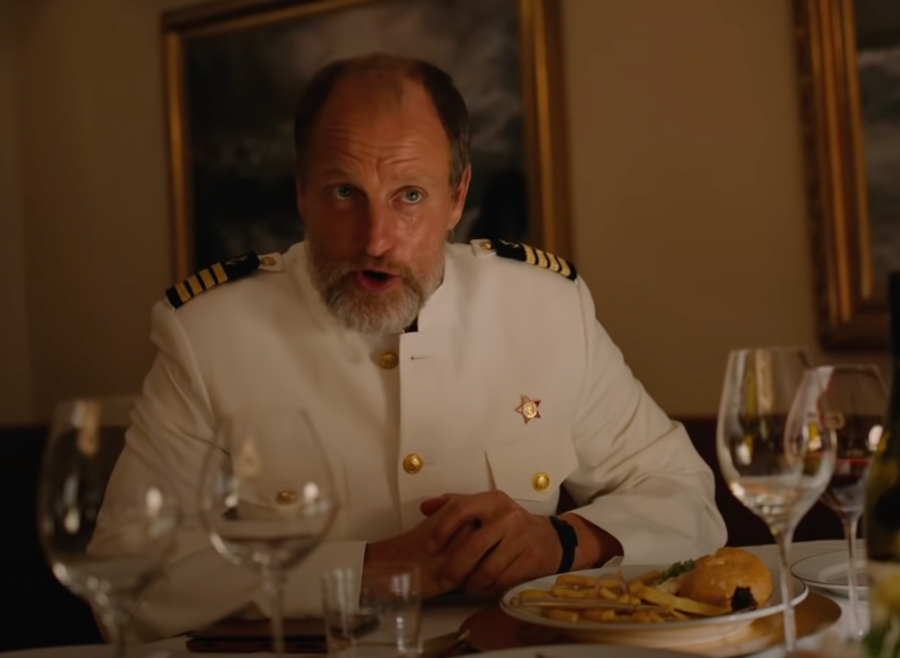
But it isn’t always just the blockbusters that make money. The little guys sometimes chip in too. Underdog movies like Mr Smith Goes to Washington (1939), with Jimmy Stewart tackling corruption in DC, orThe Grapes of Wrath (1940), with Henry Fonda as the salt-of-the-earth farmer on an epic journey across America in search of a job, and Norma Rae (1979), with Sally Field’s factory worker becoming a union organiser, have all generated healthy receipts. They’re the flip side of all those films about the filthy rich.
There is also a long tradition of screwball comedies scoring with audiences. The glory of this genre, into which Triangle of Sadness just about fits, is the way it makes a big fat joke out of income inequality. Rich and poor are thrown in a melting pot together – and then the heat is turned up. Rather than take an earnest Ken Loach-like approach, they always look for humour. That’s not because they’re mocking their characters or downplaying their parlous situation. It enables them to avoid portraying their protagonists as victims. It also allows them to poke fun at the rich.
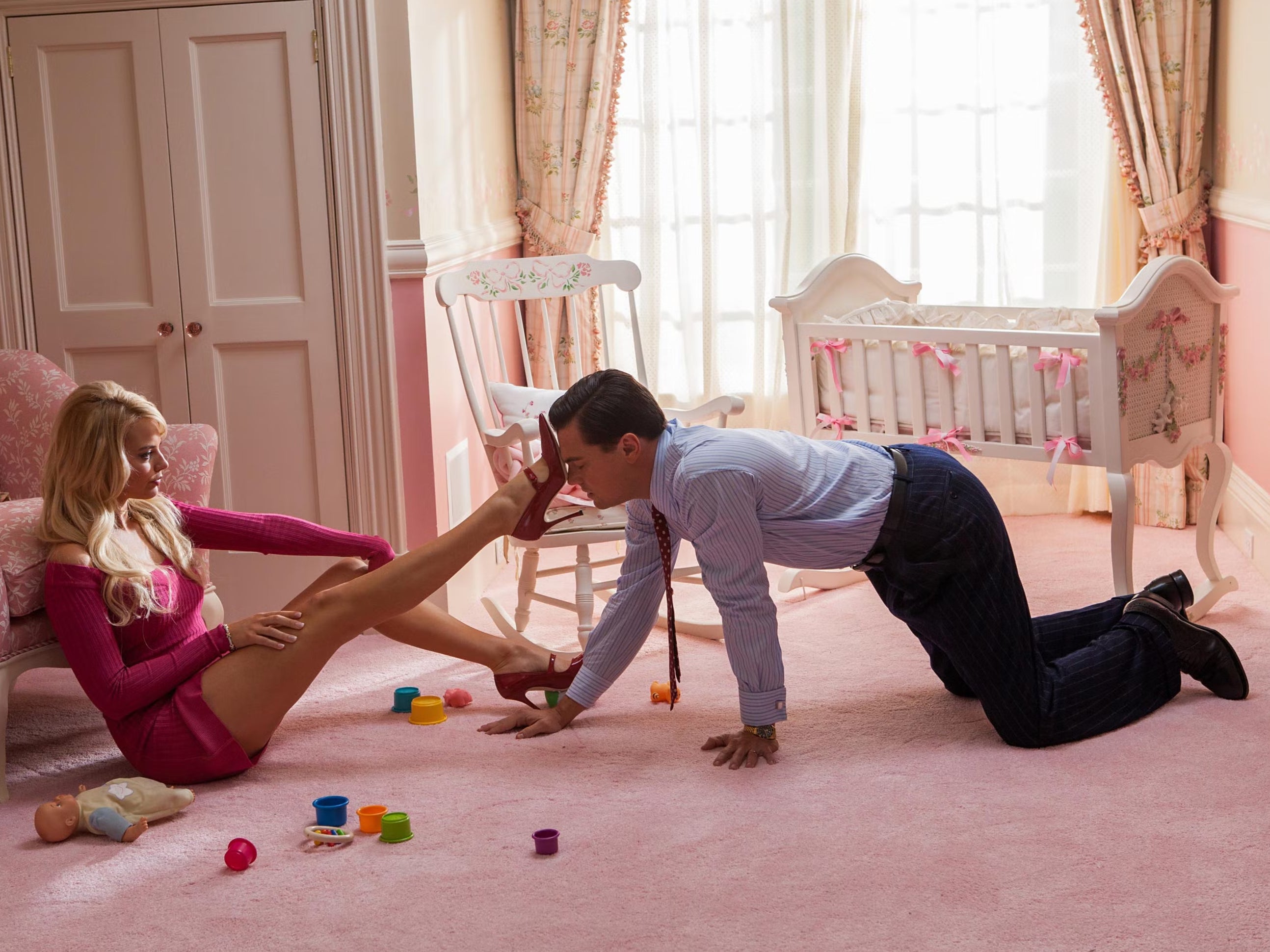
The films are often very subversive but audiences too busy laughing don’t always spot the harshness of their underlying messages. In Gregory La Cava’s My Man Godfrey (1936), the main character Godfrey (William Powell) is first encountered living on the streets, in a makeshift New York shanty town set up by the homeless. He’s a Depression-era “forgotten man”, the type that tactless New York socialites like to come and gawp at so they can see how the other half live. Somehow, after Godfrey is hired as a butler by a hugely wealthy New York family, La Cava turns a story that could have been bleak in the extreme into the stuff of farce. The family members may have money but they are needy, neurotic, and narcissistic, just like the equally dysfunctional rich folk in Triangle of Sadness. You can’t help but laugh at their posturing.
John Landis’s Trading Places (1983) was made in the middle of an economic slump in the early 1980s. In the film, the wisecracking petty thief and street hustler Billy Ray Valentine (Eddie Murphy) swaps places with the privileged and pompous Wall Street tycoon Louis Winthorpe III (Dan Aykroyd).
Billy Ray has a line that sums up perfectly what filmmakers tend to do when they lampoon the wealthy. “It occurs to me that the best way to hurt rich people is by turning them into poor people.”
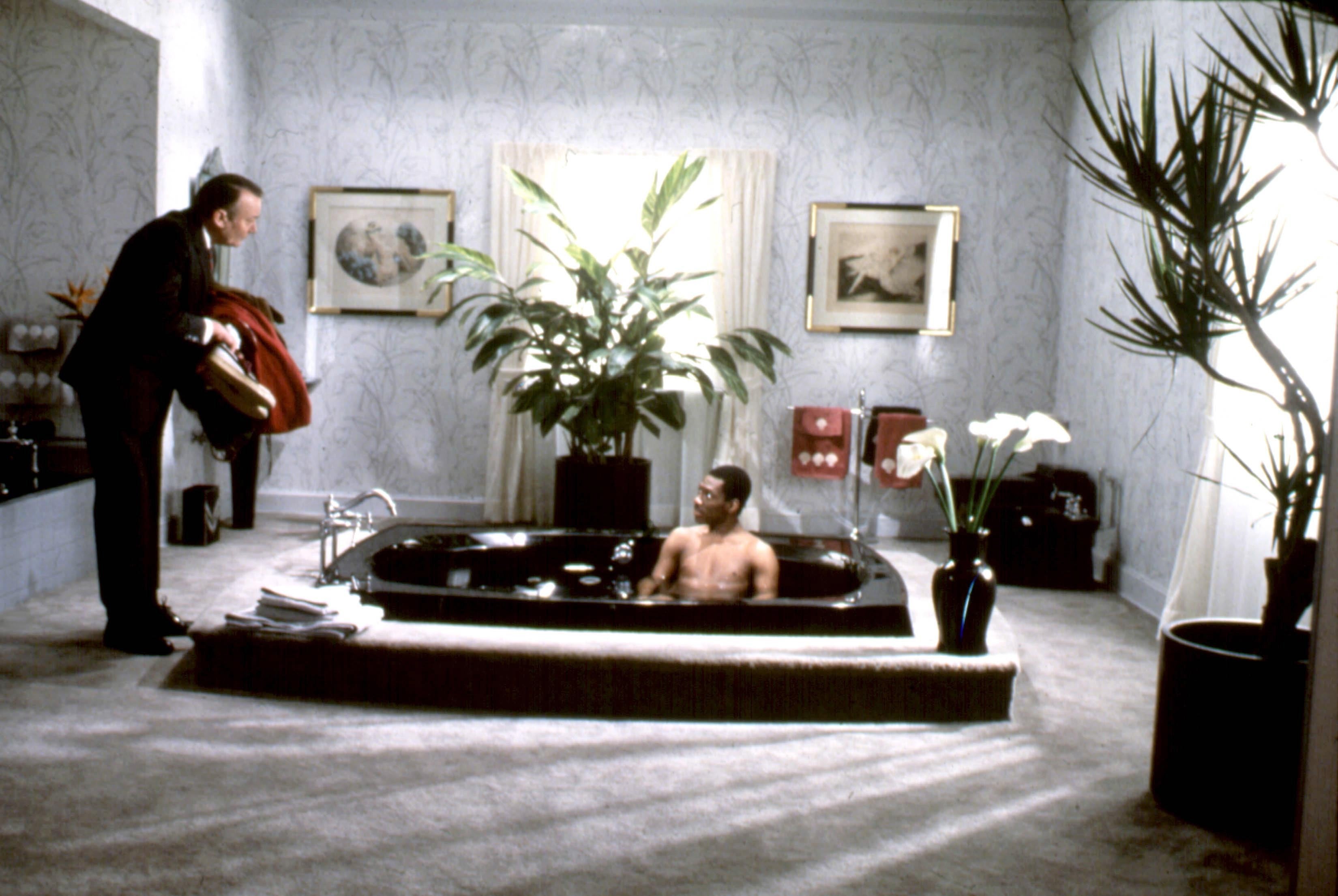
This is a reversal of fortune that happens on screen again and again. In Preston Sturges’s Sullivan’s Travels (1941), for example, a famous Hollywood comedy director (Joel McCrea) passes himself off as a tramp so he can see what life is really like for those at the bottom of the social ladder in Depression-era America. This, he thinks, will help him make more honest movies. The twist is that he ends up sentenced to hard labour in a prison camp. What starts as a stunt becomes frighteningly real. All of a sudden, he is not playing at being poor but has become down and out for real.
He has lost everything – his money, his possessions, and even his identity. It’s at this point that he makes a discovery. He sees the delight that his fellow prisoners take when they’re shown the kind of dumb Disney cartoon that he used to despise. He aspires to direct worthy, high-minded movies about the plight of the common people. He realises, though, that these so-called “common people” would much rather watch one of his comedies than be subjected to some didactic social drama.

Östlund’s new film manages to cover both bases – it’s funny and moralistic. It’s a quicksilver comedy and an anthropological drama exposing the grotesquerie and unfairness of a world dominated by the rich and beautiful. There’s a wonderful scene early on in the movie in which a billionaire Russian woman demands that all the staff members join her for a swim so they can taste her luxury lifestyle.
“I was just born into this life. It was not my fault… it’s so unfair,” the wealthy woman complains about the burden of wealth as if she is the real victim. “We are all equal. Everyone is equal.”
Her actions, though, cause intense embarrassment to everyone. The staff are obliged to cater to her every whim, even to obey when she asks them to stop working. That, of course, means they are no longer able to look after her – a situation she will not tolerate.
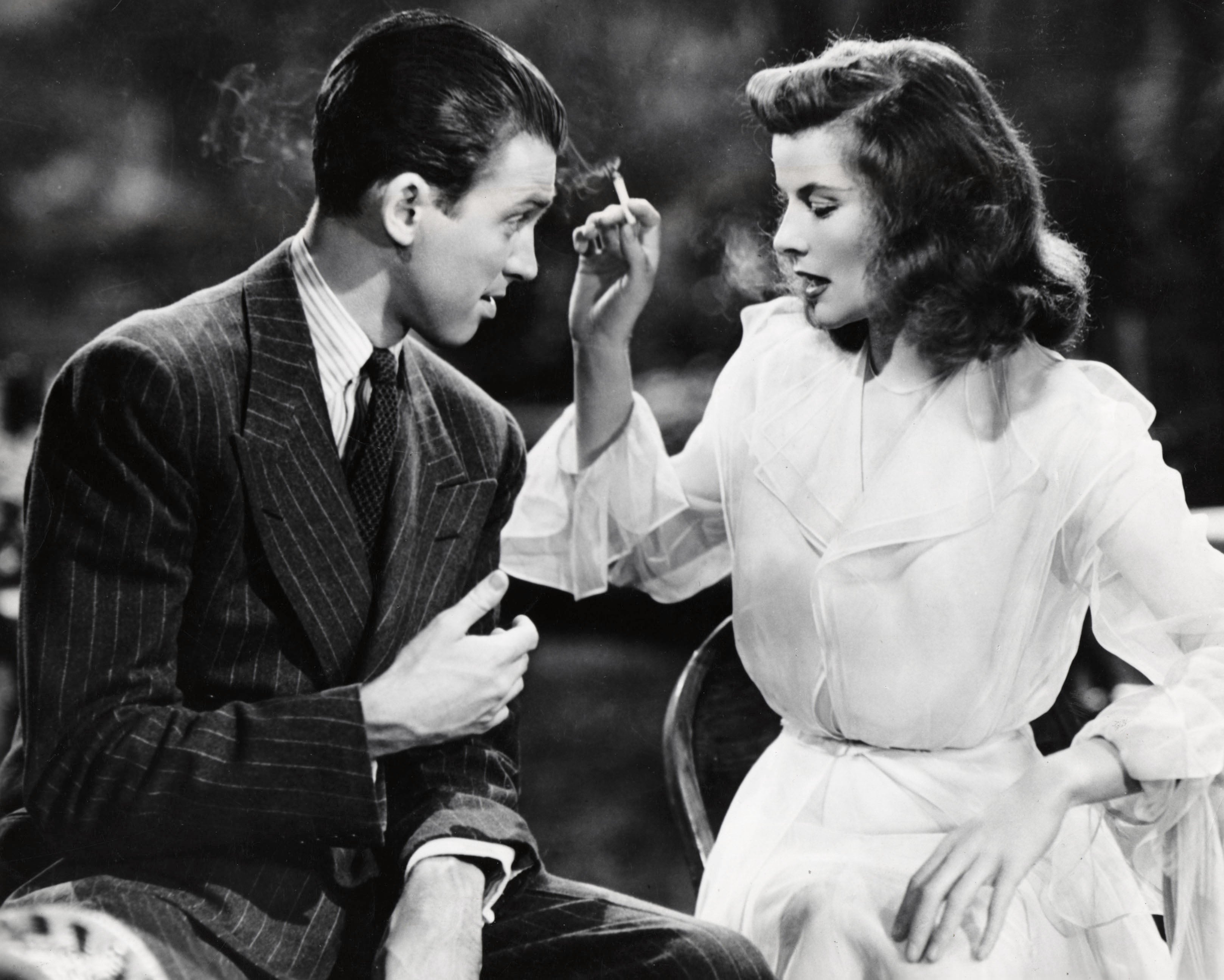
“I am interested in looking in beauty as a currency,” Östlund explained in Cannes this week about why he fills the film with fat, rich men, beautiful wives, and fashion models, who can’t perform the most simple daily tasks without posting a new image on their social media feeds
“Some people in this country are very, very rich but most of them are very, very poor,” one rough and ready character shares in Peter Richardson’s 1987 British satire, Eat the Rich. Thirty-five years later, not much has changed. Whenever there is economic and social turmoil, it’s felt in the stories that cinema tells too. That’s why we can expect soon to see many more movies in the vein of Triangle of Sadness, which will try to hold the filthy rich to account, at least on screen.
‘Triangle of Sadness’ was a premiere in the main competition at the Cannes Festival, until 28 May




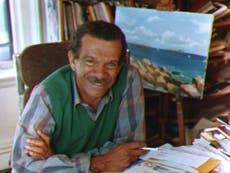

Join our commenting forum
Join thought-provoking conversations, follow other Independent readers and see their replies
Comments